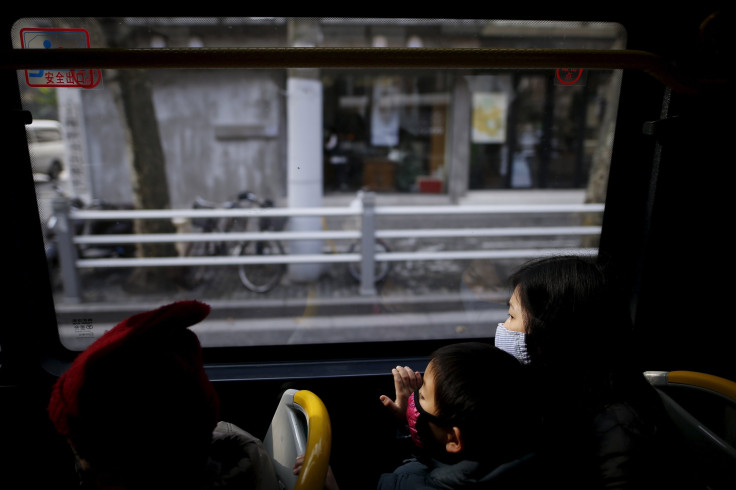The reality of transportation and climate change [infographic]

The Australian Government "quietly" released a report on Christmas Eve which showed that carbon emissions by the country had risen by 0.85 percent in 2015.
Although this rise was largely attributed to electricity and black and brown coal emissions, transportation was also named as one of the main contributors.
Greenhouse gas emissions from transportation have increased by about 16 percent since 1990, and in 2013, these emissions were the second largest contributor of US greenhouse gas emissions, accounting for about 27 percecnt of total emissions. Cars and trucks are typically the largest sources of transport-related greenhouse gas emissions - a quick glance at Beijing and Delhi will give anyone a clear view of how traffic can lead to pollution, with Chinese authorities even restricting the number of cars on its roads during its Red Air pollution alert. Air travel, ships, boats and rail also leave their mark.

But climate change is not the only downside of transportation. In 2015 alone, over 1,000 people in Australia were killed in car crashes.
Truck Locater has created and shared a graphic that details the global impact of transportation, including the number of healthy years lost from pollution, and the number of deaths caused by air pollution. The statistics, some that change by the second, show the real effects of the way we move around.
Source: Truck Locator






